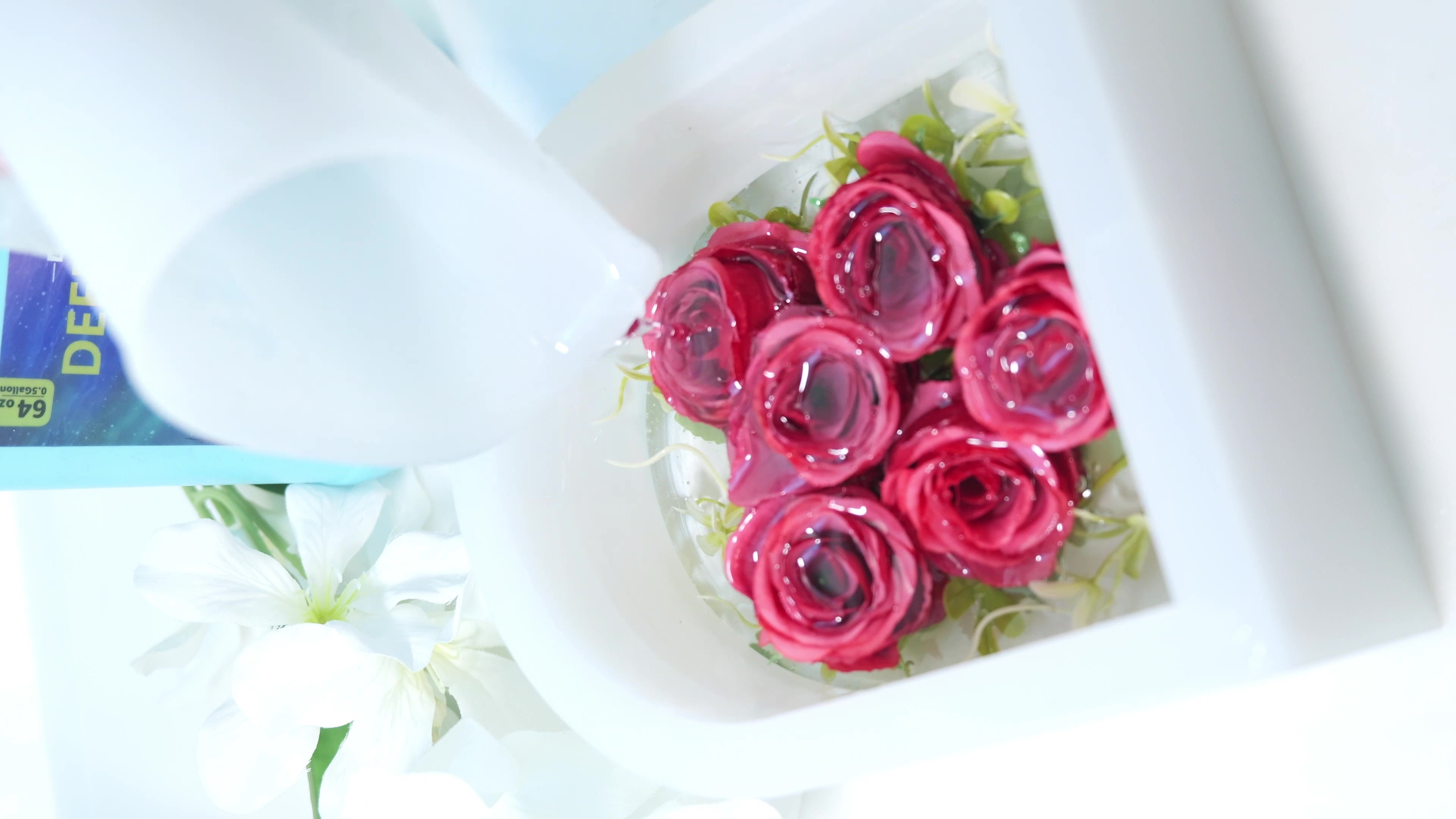·
Aug 1, 2025
How to Prevent Bubbles When Making Resin Molds
1. Choose the Right Resin
The type of resin you choose can play a big role in bubble formation. Some resins are more prone to bubbles than others, so selecting a high-quality resin can significantly reduce the chances of bubbling.
- Epoxy Resin: One of the most popular types, known for its clarity and durability, is often used for jewelry, coating surfaces, and making molds.
- Casting Resin: This type is ideal for larger molds and often has a longer working time, which gives you more time to avoid bubbles.
Ensure you choose resin that is specifically formulated for the type of mold you’re working with. Shop our collection of premium resinsto find the perfect product for your projects.
2. Mix Resin Thoroughly but Gently
Bubbles often form during the mixing process, especially if you stir too vigorously. Here’s how to avoid this:
- Slow and Steady Mixing: When mixing your resin and hardener, do so slowly to minimize air bubbles. Fast stirring can introduce a lot of air into the mixture, which will eventually form bubbles.
- Scrape the Sides: As you mix, scrape the sides and bottom of the mixing container to ensure the resin and hardener are thoroughly combined.
- Mix in Small Batches: It’s better to mix smaller batches of resin at a time. This reduces the chance of improper mixing and helps with controlling bubbles.
3. Use a Heat Gun or Torch
After you’ve poured your resin into the mold, bubbles may still rise to the surface. A heat gun or torch can help remove these bubbles effectively.
- Heat Gun: Hold the heat gun several inches above the surface of the resin and move it back and forth. The warm air will cause the bubbles to rise and pop.

- Torch: A small butane torch can also be used to eliminate surface bubbles. Be sure to hold the flame a few inches above the resin and move it quickly across the surface to avoid burning the resin.
Pro Tip: When using a torch, be cautious not to overheat the resin, as this can cause it to cure prematurely or affect its clarity.
4. Let the Resin Sit Before Pouring
If you're working with a large amount of resin, give the mixture a few minutes to sit before pouring it into the mold. This will allow any larger air bubbles to naturally rise to the surface. This can be especially helpful when working with thicker resin, as it takes longer for air bubbles to escape.
5. Work in a Dust-Free Environment
Even tiny particles of dust can cause issues with your resin project. A clean, dust-free environment will help ensure a perfect finish.
- Cover Your Workspace: Use a clean tablecloth or cover to protect your workspace from dust and debris.
- Use a Clean Container: Ensure your mixing containers are free from any dirt or oil. Residue on the container walls can cause the resin to behave differently.
Consider setting up a dust-free tent or enclosure to further protect your projects during the curing process.
6. Avoid Overfilling Your Molds
Overfilling your molds can result in excess resin spilling over and creating an uneven surface. This excess resin can trap air bubbles, which are then difficult to remove. Always check the mold's maximum capacity and pour slowly to ensure an even amount of resin in each section.
7. Pour in Layers for Larger Molds
For larger projects, it’s a good idea to pour your resin in layers. Pouring too much resin at once can cause air bubbles to become trapped within the thick layer.
- Thin Layers: Pouring thinner layers allows the bubbles to rise and escape more easily. Allow each layer to cure slightly before adding the next to prevent excessive mixing of layers.
8. Use a Mold with Smooth Surfaces
Molds with rough surfaces or intricate details can trap bubbles more easily. Opt for silicone molds with smooth, rounded surfaces that allow air to escape without getting trapped.
9. Use Resin Additives to Minimize Bubbles
Certain additives can help reduce the chance of bubbles in resin molds. Some resins come with bubble inhibitors, while others allow you to add your own.
- Resin Dyes and Pigments: Some pigments or dyes might cause bubbles if mixed too quickly or heavily. Be sure to use only a small amount, and mix gently.
- Vacuum Chambers: For professionals, a vacuum chamber can be used to remove air bubbles from resin before pouring it into the mold. This is an investment but can be extremely useful for large batches.
Conclusion
Preventing bubbles when making resin molds is an essential part of crafting perfect resin pieces. By following the tips above, you can ensure your resin projects come out smooth, clear, and bubble-free. Whether you're making resin jewelry, decorative pieces, or functional molds, these techniques will help you achieve the best results.


